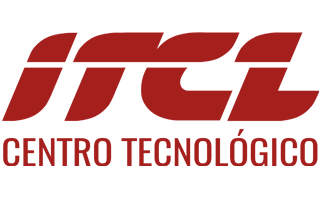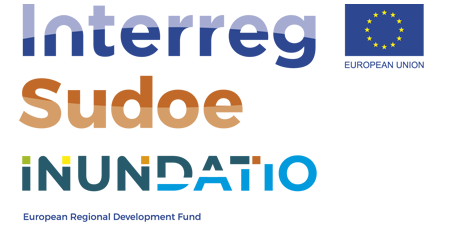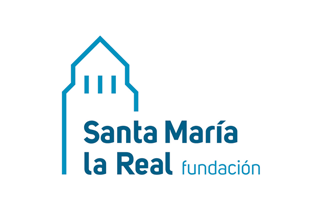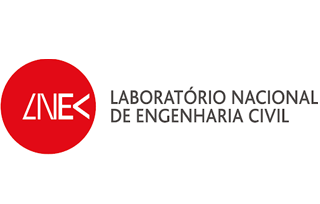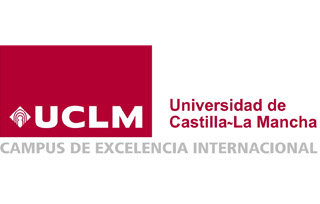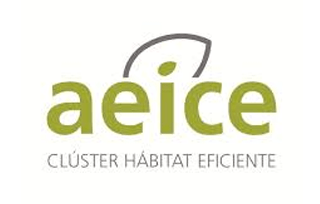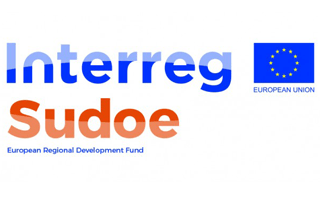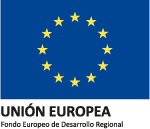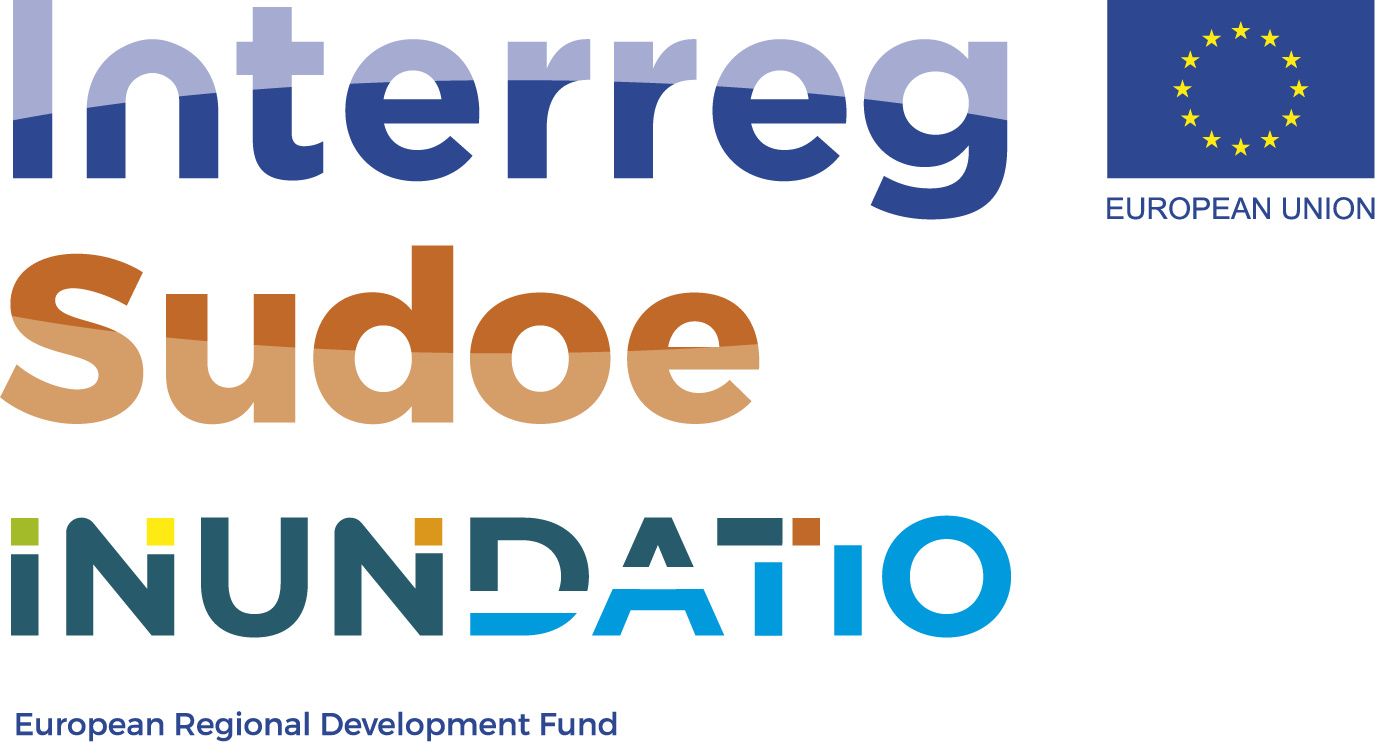
INUNDATIO – Flood Risk Modeling with AI and BigData.
INUNDATIO uses AI and Big Data to model flood risks in headwaters, providing aerly warnings and real-time monitoring to mitigate economic and human losses. Discover our advanced flood management system.
INUNDATIO offers a flash floods management system model in headwaters based on its hydromorphological characterization, the continuous collection of hydrometeorological data (rainfall + flow), the comparison with historical data, the simulation of risk scenarios and the analysis of vulnerability for human lives and material elements.
Artificial Intelligence | Data visualization
What is INUNDATIO?
INUNDATIO develops and validates a low-cost system for early warning of flash floods in headwaters of river basins and integrates it with the protocols for prevention, reaction to random events and repair of the damage produced. The project mitigates the risk of loss of human lives and economic damage in the Sudoe territory. Thus, INUNDATIO monitors, in real time, the headwaters of rivers and torrents, where the behavior of meteorological phenomena is less predictable, where they evolve very quickly, making it difficult to react and where their impact can be severe. Three pilot cases have been chosen to represent the three climatic areas of the Sudoe territory (oceanic, Mediterranean and high mountain). In this way, all possible scenarios in our territory will be recreated.
INUNDATIO offers a flash floods management system model in headwaters based on its hydromorphological characterization, the continuous characterization of the hazard through the collection and analysis of historical and real-time hydrometeorological data (rainfall+flow), the simulation of risk scenarios and the analysis of vulnerability for human lives and material elements. It will allow its application to all headwaters of the Sudoe territory where torrential flood vulnerability is relevant.
INUNDATIO problem to be solved: Forecasting headwater flood risks
There are currently no effective systems to measure, control and forecast the risk of flooding of a river channel from its headwaters.
Project Resolution Objectives:
- Hydrological analysis in headwaters and data collection: The multidisciplinary integration of scientific knowledge with technological support tools will help the development of predictive and preventive disaster models and support administrations in decision making. The aim is to share knowledge and capitalize on technological advances to apply them to territories exposed to relevant risks that will increase with climate change. These headwaters, where the risk of flash floods is very likely, are very abundant in the Sudoe territory because of its mountainous character. The basis is laid for pre-warning systems which will use risk weighting models and the projection of eventual scenarios. A comparison will be made with systems installed in the headwaters of a mountain basin to evaluate the stability of the system as well as the accuracy and reliability of the data.
- Development of the data analysis method: A decision support system will be created based on the management and analysis of data arriving in real time plus existing data from previous events. Prediction algorithms and realistic and simple modeling methods will be developed. Automation of data capture and analysis processes is sought as a way to lower surveillance costs. But a purely autonomous system is not to be created, but will use human supervision when pre-alerts make it advisable. The final alert will be launched by the system supervisor.
- Development of action protocols. Transfer of acquired knowledge: Action protocols on natural spaces, rural and urban areas, exposed cultural heritage. The multidisciplinary and integral approach will be reflected in the development of strategies for prediction, prevention, management of damaging events and recovery actions. Common procedures will make it possible to minimize the effects of flooding by reducing the time required to bring damaged elements back into use. Social participation, through plans to involve stakeholders, is key to the implementation of the plans.
INUNDATIO duration:
October 2019 – April 2022
Cooperation Project with:
Project co-financed by the Interreg Sudoe Program through the European Regional Development Fund (ERDF).
Budget: 1.427.000 € of which 1.070.250 € has been co-financed by the European Commission.
Contact Person:
Javier Sedano, R&D Manager – javier.sedano@itcl.es
Discover more projects that integrate Electronics and Artificial Intelligence, contact us and explore how these technologies can transform your industry.
